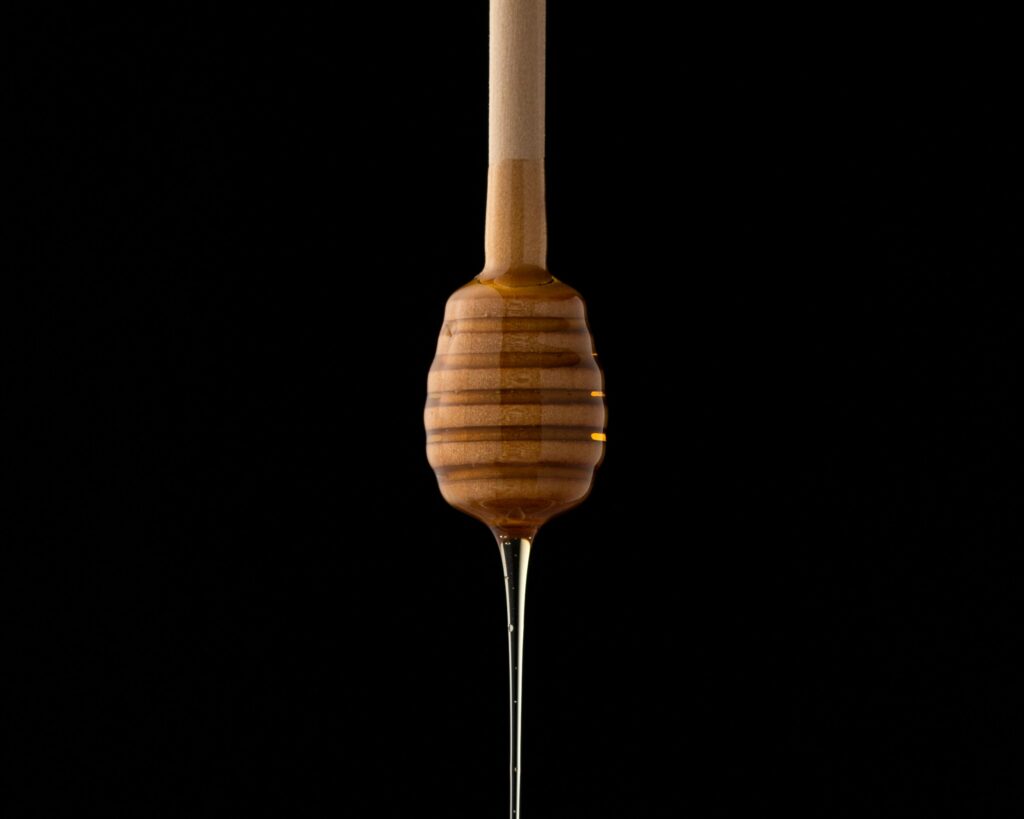What is CFD Part I: Fluids, Fluid Dynamics, and How We Describe Them
Before we can start talking about the optimisations we plan for our codes, and before we can talk about how they enable us to run the simulations for our Lighthouse Cases, we need a common understanding of what exactly we’re doing. To that end, consider this your two-part crash course in computational fluid dynamics (CFD). It should be a solid basis for future explainer articles exploring how CFD codes work and why they sometimes don’t work as well as we need.
So, first things first. Before we get to answering, “What is CFD?” in part two of this series, let’s be clear about something more basic. What is a fluid?
You may think this is self-explanatory, but in physics, A fluid is a substance that can deform continuously under applied shear stress, including both liquids and gases[1]. Unlike solids, if you apply force to a fluid, it permanently loses its shape like wind slipping through your fingers or water spilled into a puddle on the floor. Fluids can be compressible like gases that you can squeeze into a smaller and smaller space or incompressible like water or oil that have a constant volume – even in the absence of gravity[2]! A fluid can be described by its properties, such as density, pressure, temperature, velocity, or viscosity[3].
Fluid Dynamics: A Brief History
Next, let’s answer the question of what exactly is fluid dynamics?
Fluid Dynamics is actually a subset of fluid mechanics, the study of either fluid in motion or fluid at rest. As you might guess, fluid dynamics is the study of fluids in motion, in contrast to fluid statics or the study of fluids at rest, which is not part of CEEC. Fluid dynamics has been studied almost as long as human civilization has existed going back to the design of ships , oars, or irrigation systems[4].
In terms of its scientific and mathematical origins, some early studies of fluid dynamics include: Archimedes (285 – 212 B.C.) who postulated the parallelogram law for addition of vectors and the laws of buoyancy and applied them to floating and submerged objects; Leonardo da Vinci (1452 – 1519) who stated the equation of conservation of mass in one‐dimensional steady‐state flow; Edme Mariotte (1620 – 1684) who built the first wind tunnel for testing models; and Isaac Newton (1642 – 727) who postulated his laws of motion [5] and the law of viscosity of linear fluids, now called Newtonian [4].
More modern discoveries include names that will sound familiar as you read more about CFD in future explainer articles and everywhere else on this site. For example, Leonard Euler (1707-1783) and Daniel Bernoulli (1700-1782), who studied and worked extensively together[6], [7], created mathematical formulas that directly built on Newton’s work and provided the predecessors to the Navier‐Stokes equations[8], [9]. Speaking of Navier (1785 – 1836) and Stokes (1819 – 1903), Each of them separately developed the same equations, now known as the Navier‐Stokes equations[10], [11], on which many modern CFD codes like Neko are based. Later, Osborne Reynolds (1842 – 1912) developed an equation for predicting a fluid’s capacity for turbulence, now known as the Reynolds number. The Reynolds number describes the ratio of inertia to viscosity[12]. As a counterintuitive example, honey, with its comparatively much higher viscosity from water, can have a Reynolds number just as large as water so long as the honey is moving fast enough. Meanwhile, water with the same Reynolds number would be moving much slower than the honey because of water being so much less viscus than honey.

Lastly, for today, we’ll mention Ludwig Prandtl (1875 – 1953) from whom we get boundary layers [4]. The boundary layer in fluid flow is the area immediately against or next to a surface like a riverbed, the surface of the earth, or an airplane wing where fluids are at their most turbulent. These layers are quite thin. For example, the boundary layer for simulating fluid flow over an airplane wing is approximately only one centimetre thick. In CEEC, the lighthouse cases that focus most on simulating boundary layers are Shock – Boundary layer interaction and buffet on wings at the edge of the flight envelope, High fidelity aeroelastic simulation of the SFB 401 wing in flight conditions, Simulation of Atmospheric Boundary Layer flows, and the Merchant ship hull.
Congratulations! With our new common understanding of fluids, fluid dynamics, and some of the key concepts and equations used to describe them, we’re finally ready to start answering the question of what computational fluid dynamics is in part two of this explainer series. Until next time!
References:
[1] ‘Fluid’, Wikipedia. Nov. 12, 2023. Accessed: Dec. 08, 2023. [Online]. Available: https://en.wikipedia.org/w/index.php?title=Fluid&oldid=1184761035
[2] ‘Phases of Matter’. Accessed: Dec. 10, 2023. [Online]. Available: https://www.grc.nasa.gov/www/k-12/rocket/state.html
[3] ‘Froude number (Fr) | Britannica’. Accessed: Dec. 08, 2023. [Online]. Available: https://www.britannica.com/science/fluid-physics
[4] ‘Introduction and Properties of Fluids PDF Download’, EDUREV.IN. Accessed: Dec. 08, 2023. [Online]. Available: https://edurev.in/p/40113/Introduction-and-Properties-of-Fluids
[5] ‘Newton’s Laws of Motion’, Glenn Research Center | NASA. Accessed: Dec. 10, 2023. [Online]. Available: https://www1.grc.nasa.gov/beginners-guide-to-aeronautics/newtons-laws-of-motion/
[6] ‘Leonhard Euler’, Wikipedia. Jan. 21, 2024. Accessed: Feb. 15, 2024. [Online]. Available: https://en.wikipedia.org/w/index.php?title=Leonhard_Euler&oldid=1197716341
[7] ‘Daniel Bernoulli’, Wikipedia. Jan. 05, 2024. Accessed: Jan. 23, 2024. [Online]. Available: https://en.wikipedia.org/w/index.php?title=Daniel_Bernoulli&oldid=1193799925
[8] ‘Bernoulli and Newton’, Glenn Research Center | NASA. Accessed: Jan. 23, 2024. [Online]. Available: https://www1.grc.nasa.gov/beginners-guide-to-aeronautics/bernoulli
-and-newton/
[9] ‘Euler Equations’. Accessed: Jan. 23, 2024. [Online]. Available: https://www.grc.nasa.gov/www/k-12/airplane/eulereqs.html
[10] S. Bhattacharyya et al., ‘Introductory Chapter: A Brief History of and Introduction to Computational Fluid Dynamics’, in Applications of Computational Fluid Dynamics Simulation and Modeling, IntechOpen, 2021. doi: 10.5772/intechopen.97235.
[11] ‘Navier-Stokes Equation’, Glenn Research Center | NASA. Accessed: Dec. 10, 2023. [Online]. Available: https://www1.grc.nasa.gov/beginners-guide-to-aeronautics/navier-strokes-equation/
[12] ‘Reynolds Number’. Accessed: Feb. 15, 2024. [Online]. Available: https://www.grc.nasa.gov/www/k-12/airplane/reynolds.html

Comments
One response to “What is CFD Part I”
[…] you’ve already read part I of this explainer series, you know that fluids are described by their density, pressure, […]